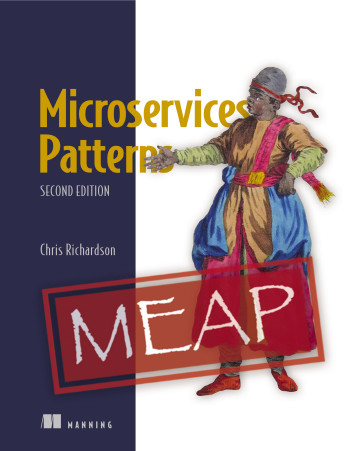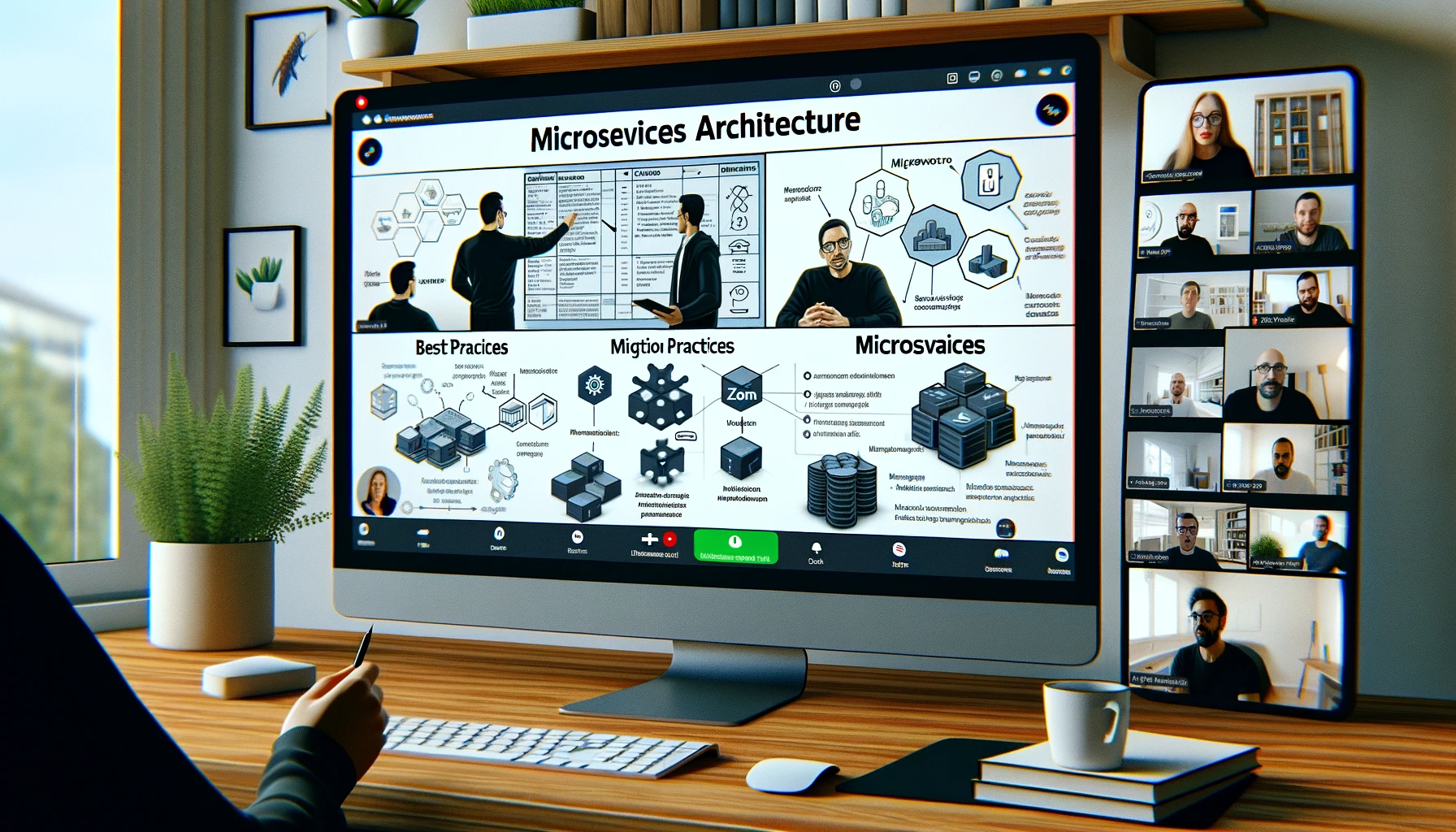Microservices rules #11: Track and improve metrics
architecting microservices rules software delivery metricsContact me for information about consulting and training at your company.
The MEAP for Microservices Patterns 2nd edition is now available
This is another article in the series about microservices rules: what good looks like, which are a set of principles and practices for using microservices effectively. The other articles about microservices rules are:
- Microservices rules #1 - continuous delivery/deployment
- Microservices rules #2: Implement fast, automated deployment pipelines
- Microservices rules #3: Apply Team Topologies
- Microservices rules #5: Deliberative design
- Microservices rules #10: Big/risky change => smaller/safer and (ideally easily) reversible changes - part 1 - incremental architecture modernization, part 2 - continuous deployment, part 3 - canary releases, part 4 - incrementally migrating users
Using the microservice architecture can be challenging. You must make many architectural design decisions that can be very consequential, even small missteps can have far-reaching impacts. You can minimize the risk of making bad decisions by using Microservices rules #5: Deliberative design and Microservices rules #10: Make smaller, safer, and reversible changes. But there’s always a chance that something will go wrong, especially if it’s your first time using microservices. Consequently, it’s essential to follow Microservices rules #11: Track and improve metrics.
In this article, I outline three key categories of metrics you should track to ensure your microservices development stays on course.



 Premium content now available for paid subscribers at
Premium content now available for paid subscribers at 




